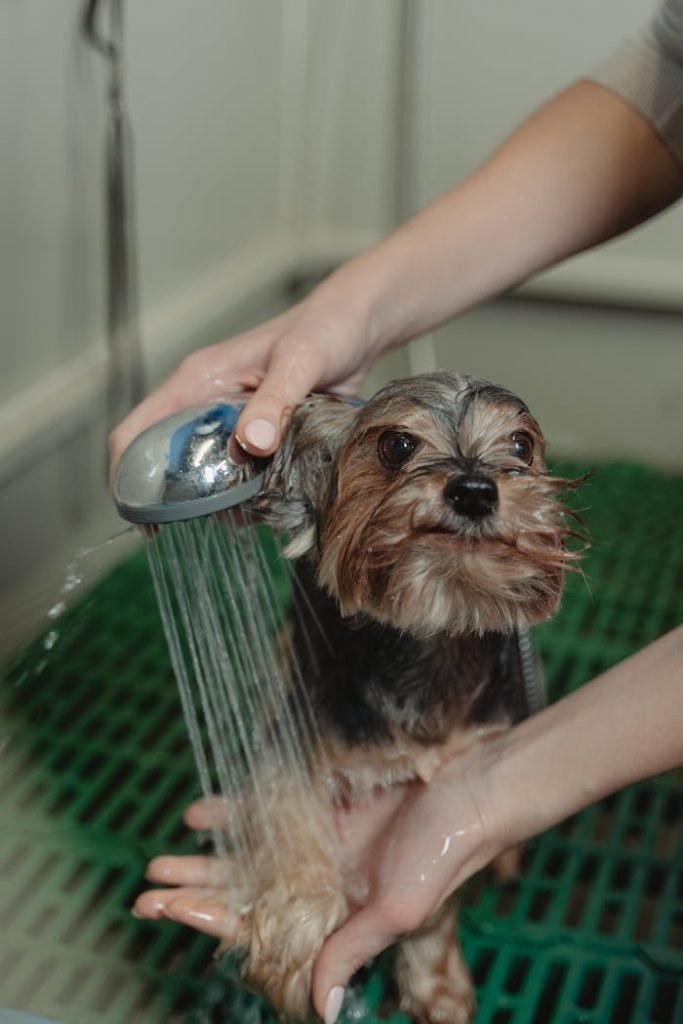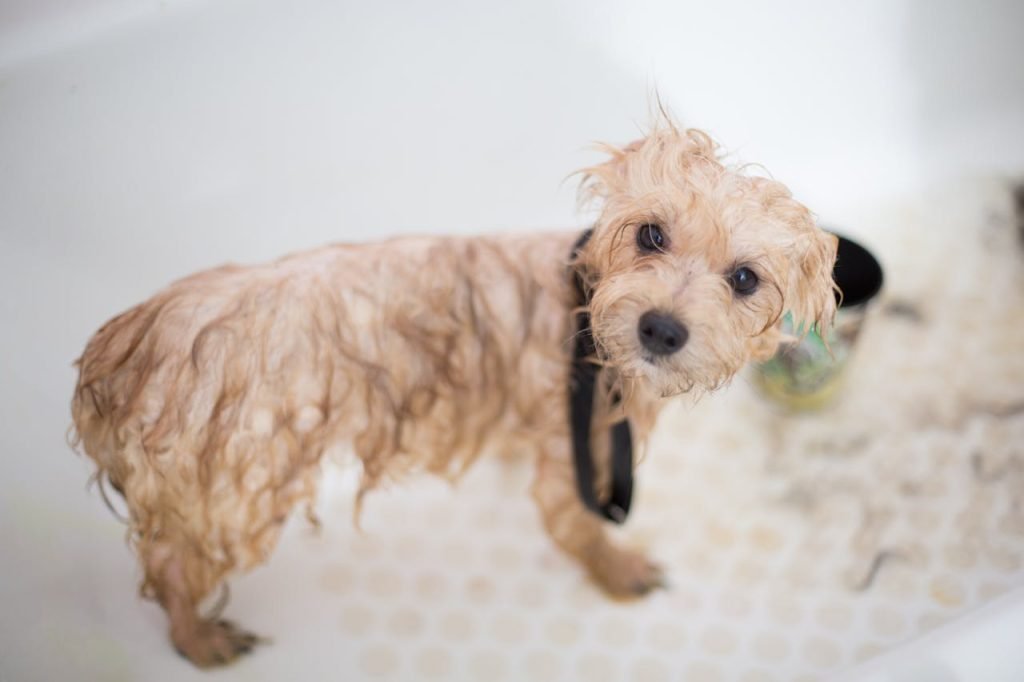Giving Your Dog a Bath
Dog Bathing might seem like a routine task, but doing it right can enhance your furry friend’s health, happiness, and comfort. This comprehensive guide covers everything you need to know about giving your dog a bath, from preparation to post-bath care. Whether you’re a first-time dog owner or a seasoned pro, this guide will make bath time easier and more effective.
Why Regular Dog Baths Are Essential
Regular baths are crucial for your dog’s well-being. They help maintain healthy skin and fur, prevent odors, and reduce the risk of skin infections. Bathing also allows you to inspect your dog for signs of parasites, cuts, or abnormalities.
Health and Hygiene Benefits
Removes dirt, allergens, and bacteria.
Reduces shedding by cleaning loose fur.
Promotes better coat health by distributing natural oils.
Prevention of Skin Issues
Regular baths prevent matting, which can lead to skin infections.
Washing away allergens helps reduce itching and irritation.
Understanding Your Dog’s Bathing Needs
Every dog is unique, and their bathing needs vary based on breed, lifestyle, and health.
Bathing Frequency
Dogs with short hair may need a bath every 4–6 weeks.
Active dogs or those prone to getting dirty may need more frequent baths.
Overbathing can strip natural oils, leading to dry skin.
Recognizing When It’s Time
Unpleasant odor or visible dirt.
Increased scratching or licking.
Greasy or dull coat.
Choosing the Right Shampoo and Products
Using the wrong products can harm your dog’s skin and coat. Always choose shampoos specifically formulated for dogs.

Types of Dog Shampoos
General shampoos: For routine cleaning.
Medicated shampoos: For skin conditions like eczema or dandruff.
Flea and tick shampoos: To eliminate and prevent parasites.
Ingredients to Avoid
Artificial fragrances and dyes.
Harsh chemicals like sulfates and parabens.
Preparing Your Dog for a Bath
Preparation is key to a successful bath. This step ensures your dog feels comfortable and safe.
Gathering Tools
Dog-friendly shampoo.
Brushes, towels, and a non-slip mat.
A cup or detachable showerhead for rinsing.
Creating a Calm Environment
Use soothing tones and positive reinforcement.
Avoid sudden movements that may startle your dog.
Step-by-Step Guide to Bathing Your Dog
Pre-Bath Grooming: Brush out tangles and remove loose hair.
Wet the Coat: Use lukewarm water, avoiding the ears and eyes.
Apply Shampoo: Massage it gently into the coat, starting from the neck.
Rinse Thoroughly: Ensure no residue is left, as it can cause irritation.
Dry Your Dog: Pat with a towel or use a low-heat dryer.
Bathing Puppies vs. Adult Dogs
Puppies have delicate skin and require extra care. Use puppy-specific shampoos and avoid submerging them fully if they’re nervous. Adult dogs, on the other hand, can handle a full bath with fewer restrictions.
How to Handle a Dog That Hates Baths
Tips for Success
Gradually introduce your dog to water.
Use treats and toys as positive distractions.
Keep bath sessions short and sweet.
Desensitization Strategies
Start with wiping your dog with a wet cloth before progressing to full baths.
Play with your dog near the bath area to build positive associations.
Grooming Tools You Need for a Dog Bath
Having the right tools makes the process smoother.
Must-Have Tools
Slicker brush: For removing loose fur.
Non-slip mat: Prevents slipping during the bath.
Absorbent towel: Dries your dog faster and prevents chills.
Bathing Dogs with Special Needs
Senior dogs or those with skin conditions may require tailored bathing routines. Consult your vet for the best practices and recommended products.

Indoor vs. Outdoor Dog Baths
Indoor Baths
Controlled temperature and less distraction.
Suitable for small to medium-sized dogs.
Outdoor Baths
Ideal for large breeds or summer months.
Requires a gentle hose setting to prevent discomfort.
Maintaining Your Dog’s Coat Between Baths
Keep your dog clean between baths with these tips:
Use waterless shampoos for quick clean-ups.
Regular brushing removes debris and prevents matting.
Common Mistakes to Avoid During Dog Baths
Using water that’s too hot or cold.
Apply shampoo directly without diluting it.
Failing to dry your dog thoroughly leads to damp-related issues.
FAQs About Dog Bathing
How often should I bathe my dog?
Most dogs need a bath every 4–6 weeks.
Can I use baby shampoo for my dog?
It’s better to use a dog-specific shampoo, as baby products may disrupt their pH balance.
What is the best water temperature?
Lukewarm water is ideal to keep your dog comfortable.
Is it okay to bathe a dog after a meal?
Wait 1–2 hours after feeding to avoid discomfort.
How do I clean a dog’s ears during a bath?
Use a damp cloth or vet-recommended ear cleaner; avoid water entering the ears.
How to dry a dog without causing irritation?
Pat the fur gently with a towel and use a dryer on a low setting.


